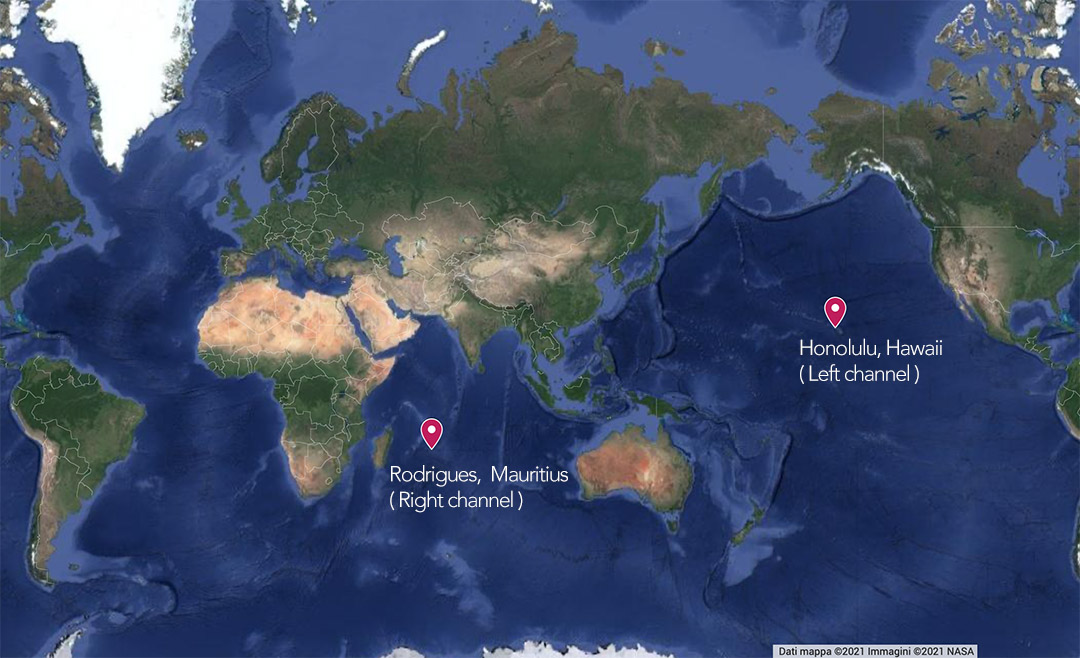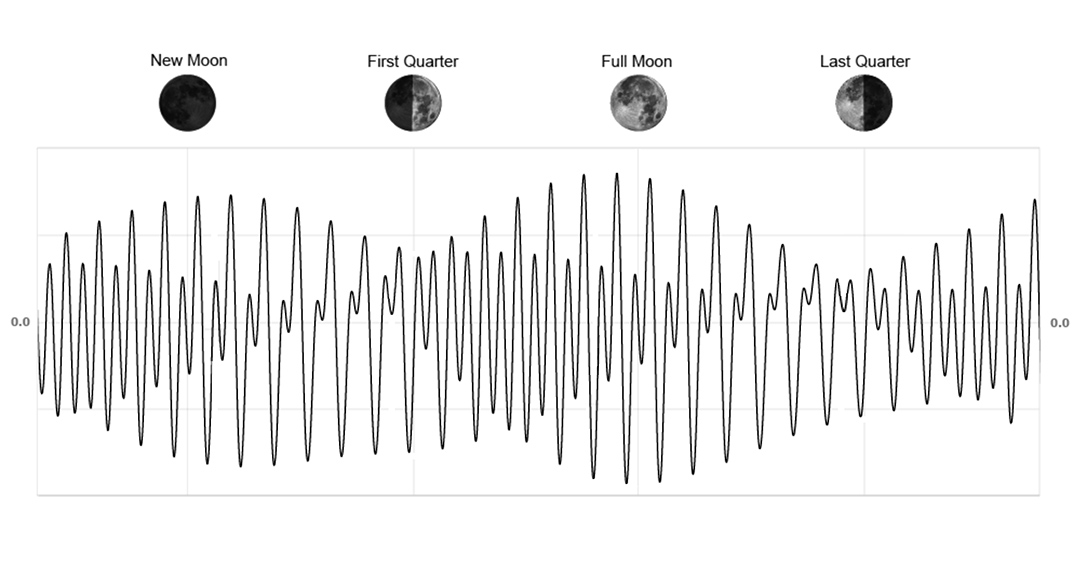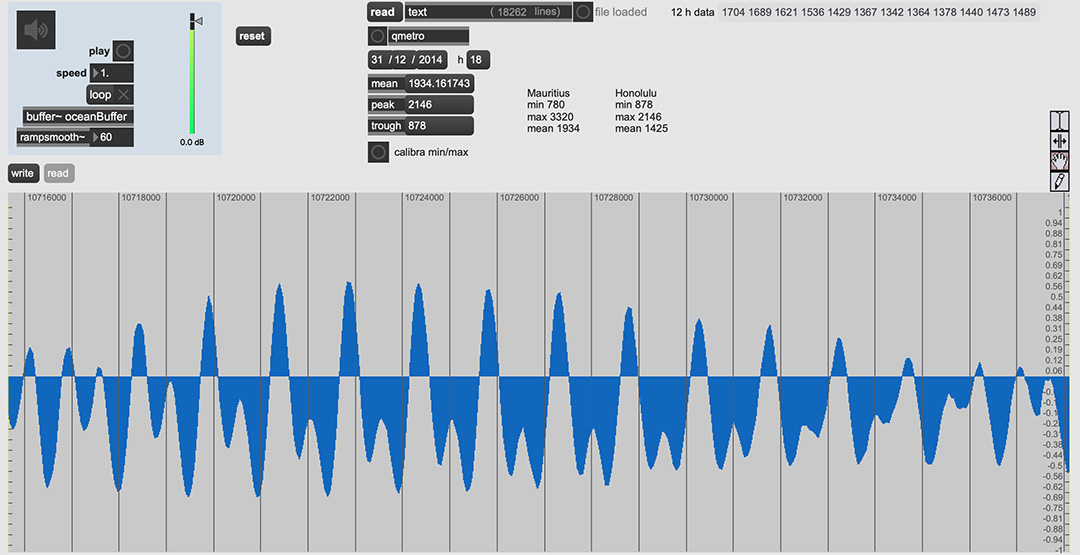sound work



|
We experience the motion of the tides because we see it with our eyes. Their cycles are too slow to be perceived as sound, but the rising and falling mass of the sea displaces the air in the same way as a huge loudspeaker. In order to hear the sound it produces, I speeded up the reading of the data collected in the last 25 years from two of the longest-lived oceanographic stations on the planet: that of Honolulu in the Pacific and that of Rodrigues in the Indian Ocean.
What in reality happens with an approximate frequency of twice a day - the peaks of high or low tide normally occur every 12 hours and 25 minutes - I have reproduced at the frequency of 60 oscillations per second. I have increased the reading speed of the measurements by about two and a half million times, so that 25 years of tide have been reduced in about 5 minutes. This process of transforming data into acoustic elements is called sonification and is applied in the scientific field for informational purposes or to investigate the nature of things and their interrelation.
Left channel
|
Technical rider
- stereo audio system or headphones- oscilloscope Thanks to
NOAA Climate and Global Change programUniversity of Hawaii Sea Level Center |